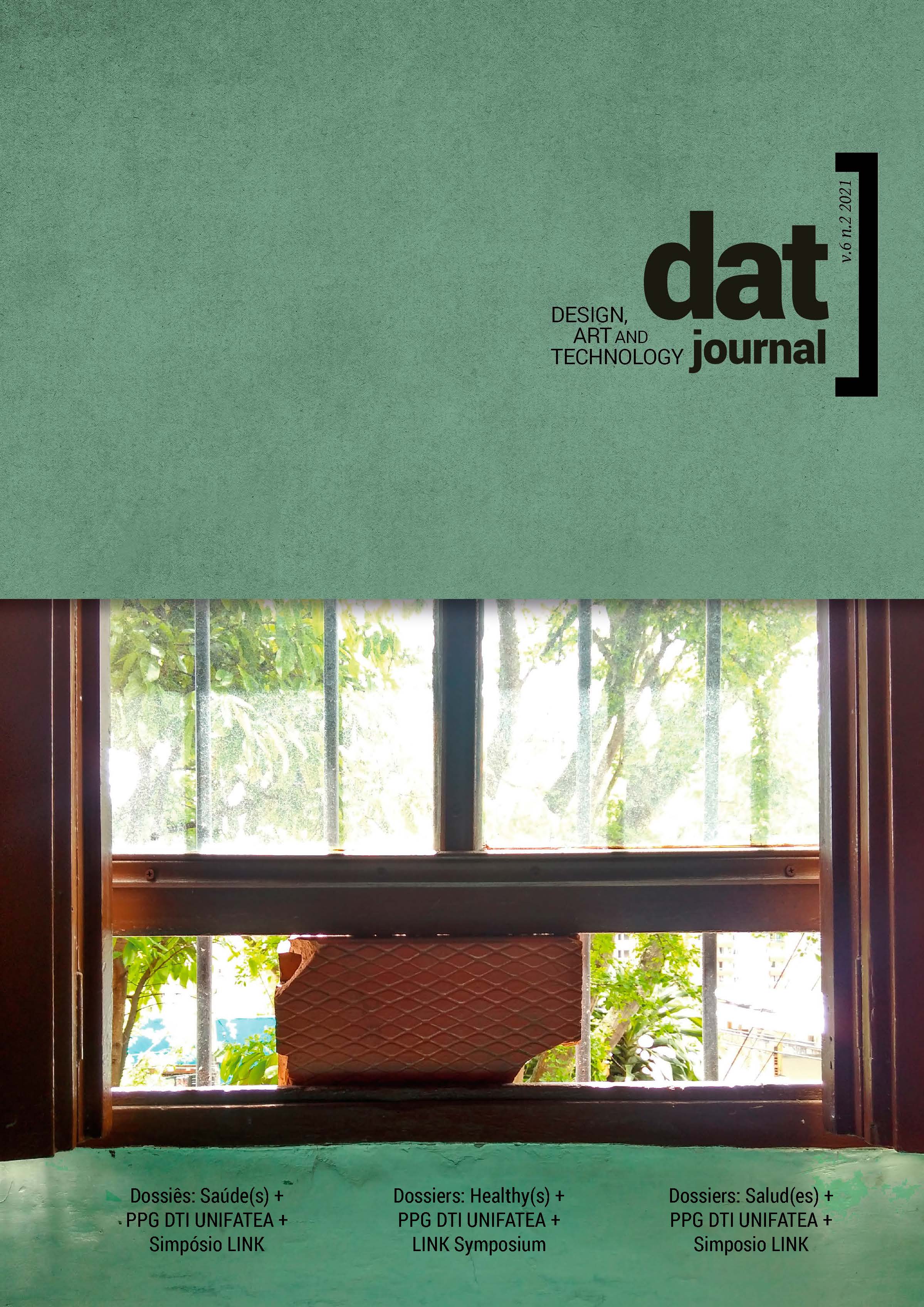Evaluación de un nuevo método de aprendizaje basado en proyectos cortos (PBL) en un programa de primer año de ingeniería
DOI:
https://doi.org/10.29147/dat.v6i2.416Palabras clave:
CAVE, Aprendizaje basado en proyectos cortos, Realidad virtualResumen
Se desarrolló un nuevo enfoque novedoso hacia el aprendizaje basado en proyectos (ABP) para diseñar actividades de aprendizaje basadas en proyectos. Las actividades de ABP tradicionalmente tienen una duración de unas pocas semanas a un año. El proyecto abreviado de PBL se creó para una práctica de medio día y se ejecutó en una unidad de ingeniería de primer año. El proyecto implicó el rediseño sostenible de artículos de ayuda humanitaria. El proyecto también involucró a estudiantes que utilizaban tecnología de visualización virtual interactiva en 3D conocida como entorno CAVE como herramienta de desarrollo de diseño. Este documento evalúa la eficacia del proyecto de aprendizaje basado en proyectos cortos desarrollado (SPBL) para mejorar la participación de los estudiantes. Las respuestas de la encuesta de los estudiantes indicaron que la participación de los estudiantes fue alta debido a la participación en la actividad breve de PBL, el realismo en el proyecto jugó un papel importante. Los proyectos breves de ABP pueden convertirse en una herramienta positiva en la enseñanza y el aprendizaje a través del mantenimiento del compromiso cognitivo y del estudiante durante toda la duración del proyecto.
Descargas
Citas
Abulrub, A.-H. G., Attridge, A. N., & Williams, M. A. (2011). Virtual reality in engineering education: The future of creative learning. Paper presented at the 2011 IEEE global engineering education conference (EDUCON).
Bell, S. (2010). Project-based learning for the 21st century: Skills for the future. The clearing house, 83(2), 39-43.
Blumenfeld, P. C., Soloway, E., Marx, R. W., Krajcik, J. S., Guzdial, M., & Palincsar, A. (1991). Motivating project-based learning: Sustaining the doing, supporting the learning. Educational psychologist, 26(3-4), 369-398.
Chandrasekaran, S., Stojcevski, A., Littlefair, G., & Joordens, M. (2013). Project-oriented design-based learning: aligning students’ views with industry needs. International journal of engineering education, 29(5), 1109-1118.
Cruz-Neira, C., Sandin, D. J., & DeFanti, T. A. (1993). Surround-screen projection-based virtual reality: the design and implementation of the CAVE. Paper presented at the Proceedings of the 20th annual conference on Computer graphics and interactive techniques.
Harrison, B., Oehmen, R., Robertson, A., Robertson, B., De Cruz, P., Khan, R., & Fick, D. (2017). Through the eye of the master: The use of Virtual Reality in the teaching of surgical hand preparation. Paper presented at the 2017 IEEE 5th International Conference on Serious Games and Applications for Health (SeGAH).
Hoffman, H., & Vu, D. (1997). Virtual reality: teaching tool of the twenty-first century? Academic medicine: journal of the Association of American Medical Colleges, 72(12), 1076-1081.
Kahu, E. R. (2013). Framing student engagement in higher education. Studies in higher education, 38(5), 758-773.
Krajcik, J. S., Blumenfeld, P. C., Marx, R. W., & Soloway, E. (1994). A collaborative model for helping middle grade science teachers learn project-based instruction. The elementary school journal, 94(5), 483-497.
Mills, J. E., & Treagust, D. F. (2003). Engineering education—Is problem-based or project-based learning the answer. Australasian journal of engineering education, 3(2), 2-16.
Thomas, J., Utley, J., Hong, S.-Y., Korkmaz, H., & Nugent, G. (2020). A Review of the Research. Handbook of Research on STEM Education.


























